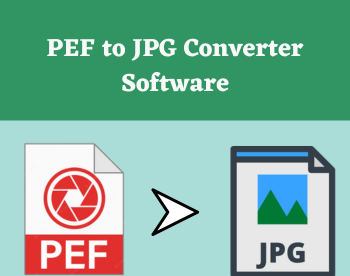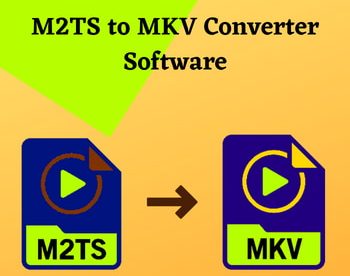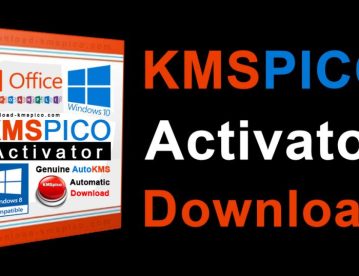8 Best Free Open Source Music Notation Software for Windows
Here is a list of best free open source music notation software for Windows. These are the open source software which let you create sheet music in printable forms including PDF and images. All these software come with open source license which allows you to download, copy, analyze, and even modify the source codes of these software. So, if you are a programmer who wants to create a sheet music software or wants to contribute in development of any of these software, you can do so.
Sheet music is basically a visual representation of a musical score. These software provide all essential tools which are required to create a musical composition. You can easily use notes, rests, measures, chords, beats, time signature, key signature, etc., to generate musical notations. If you have an existing MIDI or MusicXML file, you can import and edit its notations. Additionally, some of these provide a lot of handy tools including Lyrics Editor, Paino Editor, VIrtual Keyboard, Text Annotations, Voice Editor, Transpose, Guitar tab Editor, etc. Using these tools, you can create a desired musical composition. The composed score can be played in all these software.
A few of these open source music notation software are text based. Hence, you need to write musical notation codes with proper syntax in order to generate sheet music. Besides that, many of these software can be used as a MIDI editor to modify and enhance music piece present in a MIDI music file.
My Favorite Open Source Music Notation Software for Windows:
MuseScore is my favorite because it provides all the required tools to create sheet music. Plus, it is extremely easy to use.
Impro-Visor is another good software to compose a musical score and sheet music. It has some additional utilities which help you write a song.
You may also checkout lists of best free Sheet Music Maker Software, Music Making Software, and MIDI Editor Software for Windows.
MuseScore
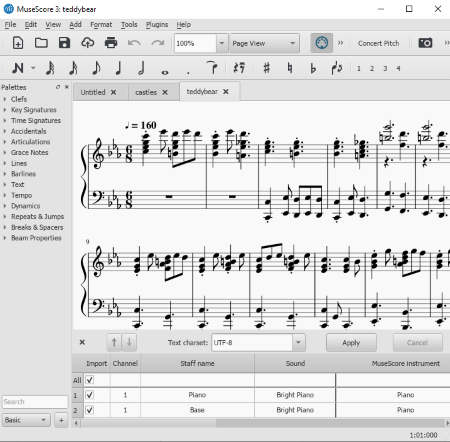
MuseScore is a popular open source music notation software for Windows, Linux, Mac, and other platforms. It is one of the most featured software which comes with essential as well some advanced tools to compose music score. Apart from all features, it has a user friendly GUI which makes it easy for new musicians to create music notation using it.
Main Features:
- It comes with several inbuilt score templates to use in your own composition, such as Choral, Orchestral, Chamber Music, Jazz, etc.
- You can import an existing MIDI, MusicXML, MuseData, Capella, Guitar Pro, or any other supported file to edit its notations.
- You can create a music score while specifying its tempo, time signature, key signature, etc.
- It contains a palette with all essential music symbols to generate music like Grace Notes, Clefs, Key Signatures, Time Signatures, Lines, Tempo, Text, Articulations & Ornaments, and more.
- You can add lyrics to created score under the musical notations.
- It provides additional tools including Pianoroll Editor, Synthesizer, Piano Keyboard, Mixer, etc.
- You also get a Timeline in it to compose a music piece.
The created sheet music can easily be saved as PDF, PNG, and SVG files. Plus, you can export music in formats of FLAC, WAV, MP3, and OGG.
Additional Features:
- You can its Score Comparison Tool to compare two musical compositions.
- Useful tools like Respell Pitches, Regroup Rhythms, Unroll Repeats, Exchange Voice, Split or Join Measures, Transpose, etc., are offered in it.
- It contains an advanced online tool to convert sheet music PDF to a .mcsz file.
- It lets you work on multiple musical notations at once because of its multi-tab interface.
- It provides a Plugin Manager to install and manage supported plugins to enhance its functionality.
Conclusion:
It is one of the best open source music notation software for Windows. It is suitable for both professionals and beginners who love to create musical scores.
Impro-Visor

Impro-Visor is another free open source music notation software for Windows. Apart from Windows, it is also available for the users of Mac and Linux.
Using it, you can generate a leadsheet with musical notations of composed music. You can simply add and describe notes, chords, keys, harmony, melody, etc., to generate sheet music in it. Let’s checkout some of its key features which help you out in making musical notations.
Main Features:
- You can import MIDI tracks from external files and then edit respective notations. Or, you can start with a fresh musical score.
- It provides a dedicated Transpose menu which lets you transpose melody, chords, or both up/ down semitone, harmonically, or octave. Additionally, a Transpose Wizard is provided to transpose notation or playback.
- You can set up BPM of song, add simple or harmonic notes, insert a measure of rest, enter notations from text, merge same consecutive notes, expand melody, etc.
- It provides a feature to record audio from MIDI devices.
When you are done making sheet music, you can take a print out of it or export composed audio as MIDI file.
Additional Features:
This software provides a lot more handy tools which help you enter musical notation and create a nice music piece. These tools include Roadmap, Deep Learning, Advising Keyboard, Voicing Keyboard, Voicing Editor, Leadsheet Textual Editor, Theme Weaver, Style Editor and Extractor, Grammar Controller, etc.
Conclusion:
Overall, it is one of the most featured sheet music creators which comes with a useful set of tools for musicians.
Aria Maestosa
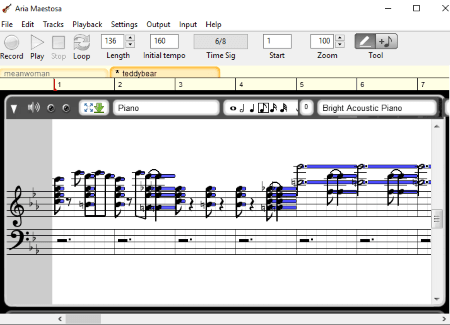
Aria Maestosa is yet another open source music notation software for Windows, Mac, and Linux. It is basically a MIDI sequencer to compose music in MIDI format. You can also edit existing MIDI music files using it. Plus, it also allows you to create beautiful sheet music and save it in printable form. Let’s see what are the features you must look forward to in this software:
Main Features of this Open Source Music Notation Software:
- To create sheet music, it provides a dedicated Score Editor which you need to select from its interface.
- It provides a multi-track song editor for the composition of music and musical notation.
- You can select various instruments for musical composition from its library of about 128 standard MIDI instruments. It provides instruments in different categories such as Piano, Guitar, Bass, Strings, Ensemble, Pipe, Ethnic, etc.
- It lets you draw notes (whole, half, quarter, eighth, etc.) over the track while setting up song parameters like key signatures, tempo, time signature, pitch (none/sharp/flat), etc.
- It lets you play and listened to composed music from the interface.
- You can directly print the musical notation or save it in a PDF using the Print feature of this software.
- It also provides separate Guitar Editor, Piano Editor, Drum Editor, etc., for editing of respective tablatures.
Conclusion:
It is a nice and easy to use open source music notation software using which anyone can create sheet music without much hassle.
EasyABC
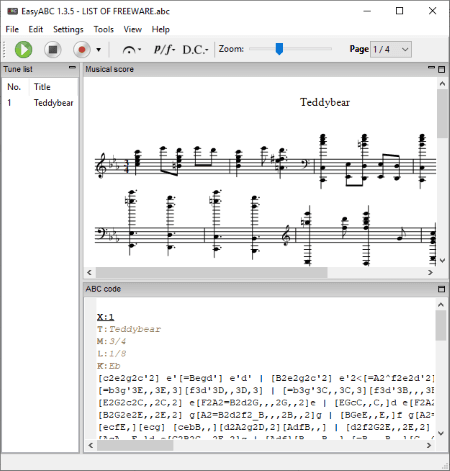
EasyABC is the next free open source music notation software for Windows, Linux, Mac, and BSD. This software can be used to create or edit music in ABC notation language. So, you can easily write the ABC code and view the respective musical notation.
Key Features:
- You can start creating sheet music from scratch or even import existing music file to edit it. For the latter, the supported formats include MIDI, ABC, TXT, Noteworthy Composer files, MusciXML, etc.
- It provides a dedicated section to add ABC code for the musical notation.
- You can also use direct option to insert music symbols including notes, dynamics, and directions.
- It also lets you transpose musical notes, change note length, align bars, etc.
When done creating sheet music, you can export it as a PDF, HTML, SVG, or MusicXML file. Also, the audio piece can be saved in MIDI format.
Additional Tools:
- It shows ABC code errors in a dedicated section to correct them accordingly.
- You can activate ABC typing assistance and options like Automatic uppercase/lowercase, Add note durations, Add matching right symbol, etc.
- It lets you generate and view incipits.
- You can sort tunes by specifying fields and also renumber X: fields.
Conclusion:
It is a good music notation software for those who have an understanding of ABC music notation language and who want to write text codes to generate sheet music.
Denemo
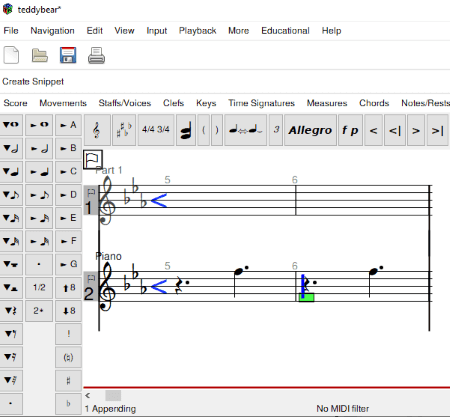
Denemo is one more open source music notation software for Windows, Linux, and Mac. It is a simple software which lets you create sheet music in various formats. It provides a dedicated music composition editor window and a print view window to create and visualize musical score.
Main Features:
- You can start with a new fresh song or import a MIDI, MusicXml, or LilyPond file to edit it.
- It provides notes, rests, clefs, keys, time signatures, and other musical symbols on its toolbar. Hence, you can quickly add respective music elements to compose a score.
- You can customize various properties including score properties, movement properties, staff properties, etc.
- It also provides a feature to add lyrics under musical notations.
- It provides various kinds of notes, rests, etc., for musical composition, e.g., grace notes, breve rest, etc.
- As input, you can select one of the available options including MIDI Input, Mouse, PC Keyboard, Virtual MIDI Keyboard, etc.
After composing a musical score, you can listen to it and then move to the Denemo Print View window. In this window, you can view and print the sheet music in Single or Duplex mode. Or, you can save the notations in PDF format. Besides PDF, you can export notations as a PNG image.
Some More Features:
- It provides an Object Editor tool which is used for inspecting notes, modifying notes, navigation to previous or next note, add/ remove attributes, etc.
- For music learners, it comes with some useful educational tools including Aural Training, Note Reading, Check Note Pitches, etc.
- You can view or edit musical score in various modes including Score Layout, LilyPond Text view, Scheme Script, etc.
Conclusion:
It is quite a feature rich musical notation software whose source you can download, study, and modify.
LilyPond
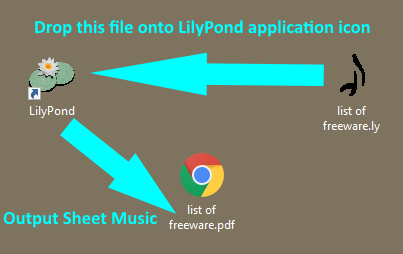
LilyPond is a text-based open source music notation software for Windows, Mac, Linux, and BSD. This software has no GUI, so you have to write up text for the musical notation you want to create. So, before opting for this software, make sure you have an understanding of textual code used for various music notations. It generates quite a high quality of sheet music in PDF format.
How to create sheet music using LilyPond:
The first step is to create a LilyPond file with the music notation text. For that, open notepad and write the LilyPond version you’re using followed by notes. For example:
\version "2.19.62"
{ c’ d’ e’ f’ }
You can use more notation syntaxes which you can check in its user manual here. After writing up text, save the file with the .ly file extension. Now, move to the LilyPond program icon and drop the created LilyPond file onto its icon, as depicted in the above screenshot. As you do that, it generates a musical notation PDF with the same name as input file.
Conclusion:
This software comes in handy for those who like to write musical notation in the form of text. You can generate stunning sheet music with notes, clefs, pitches, rhythms, repeats, marks, texts, etc. By exploring its user manual, you can achieve the desired results.
TuxGuitar
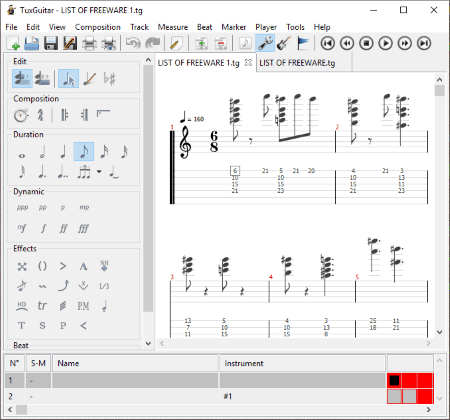
TuxGuitar is another one of free open source music notation software for Windows, Mac, and Linux. It is basically a guitar tablature editor using which you can also generate sheet music.
Main Features:
- You can import locally saved MIDI or TEF file to edit musical notations.
- It provides a multi-track editor for the composition of a musical score.
- You can add measures, set up time signature, tempo, clef, key signature, etc., create beats by inserting notes, rests, chords, dynamics, effects, etc., to compose desired music.
- The generated sheet music can be saved as a PDF or SVG image file.
- You can save created music in formats of MIDI, WAVE, AU, AIFF, etc.
Additional Features:
- It can be used for generating guitar scale.
- Guitar Tuner, File Format Batch Converter, Transpose, Scale List, Audio Player, and more handy tools are there in this software to help you in music creation.
Conclusion:
This is another alternative to an open source software to generate sheet music and also to create guitar tablature.
Rosegarden
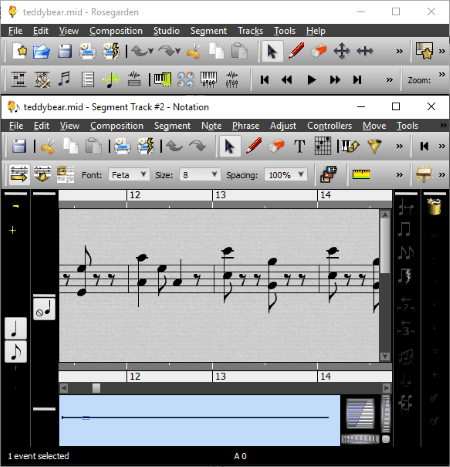
Rosegarden is basically an open source MIDI sequencer and editor software for Windows. It can also be used as a music notation software as it provides a dedicated Notation Editor. To open up its notation editor, right click on this interface and select the dedicated option. Or, simply press N on your keyboard to launch its music notation editor window.
Main Features:
- You can open existing a MIDI or MusicXML file to modify musical notations.
- It provides options to add various symbols and elements to notations like marks, ornaments, fingerings, slashes, note styles, accidentals, etc.
- Furthermore, you can add clef change, key change, pedal press, pedal release, slur, phrasing slur, tempo change, time signature change, etc.
- It contains a dedicated menu to adjust notes and rests, fix notation quantization, transpose notations, fine positioning, etc.
- It lets you create musical notation for a selected category, instrument, and player ability.
- Tools like Guitar Chords, Step Recording, etc., are also present in it.’
- You can add text to the musical notations in different styles such as lyrics, tempo, chord, annotation, etc.
- It lets you print the created musical notations.
Conclusion:
It is a nice open source MIDI editor which can also be used for generating sheet music.
About Us
We are the team behind some of the most popular tech blogs, like: I LoveFree Software and Windows 8 Freeware.
More About UsArchives
- May 2024
- April 2024
- March 2024
- February 2024
- January 2024
- December 2023
- November 2023
- October 2023
- September 2023
- August 2023
- July 2023
- June 2023
- May 2023
- April 2023
- March 2023
- February 2023
- January 2023
- December 2022
- November 2022
- October 2022
- September 2022
- August 2022
- July 2022
- June 2022
- May 2022
- April 2022
- March 2022
- February 2022
- January 2022
- December 2021
- November 2021
- October 2021
- September 2021
- August 2021
- July 2021
- June 2021
- May 2021
- April 2021
- March 2021
- February 2021
- January 2021
- December 2020
- November 2020
- October 2020
- September 2020
- August 2020
- July 2020
- June 2020
- May 2020
- April 2020
- March 2020
- February 2020
- January 2020
- December 2019
- November 2019
- October 2019
- September 2019
- August 2019
- July 2019
- June 2019
- May 2019
- April 2019
- March 2019
- February 2019
- January 2019
- December 2018
- November 2018
- October 2018
- September 2018
- August 2018
- July 2018
- June 2018
- May 2018
- April 2018
- March 2018
- February 2018
- January 2018
- December 2017
- November 2017
- October 2017
- September 2017
- August 2017
- July 2017
- June 2017
- May 2017
- April 2017
- March 2017
- February 2017
- January 2017
- December 2016
- November 2016
- October 2016
- September 2016
- August 2016
- July 2016
- June 2016
- May 2016
- April 2016
- March 2016
- February 2016
- January 2016
- December 2015
- November 2015
- October 2015
- September 2015
- August 2015
- July 2015
- June 2015
- May 2015
- April 2015
- March 2015
- February 2015
- January 2015
- December 2014
- November 2014
- October 2014
- September 2014
- August 2014
- July 2014
- June 2014
- May 2014
- April 2014
- March 2014
